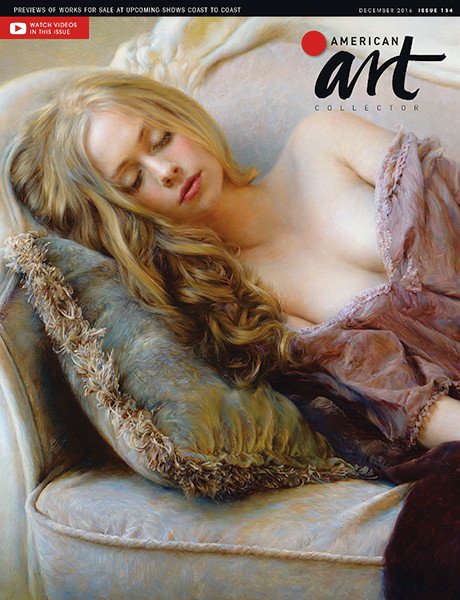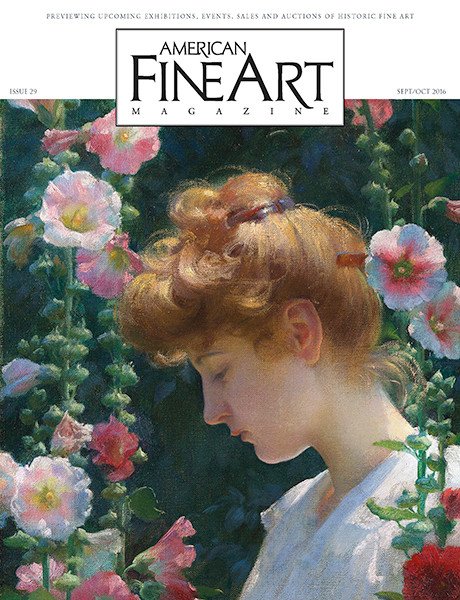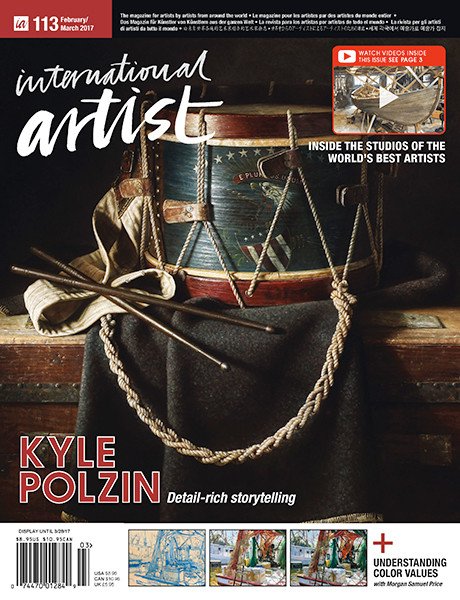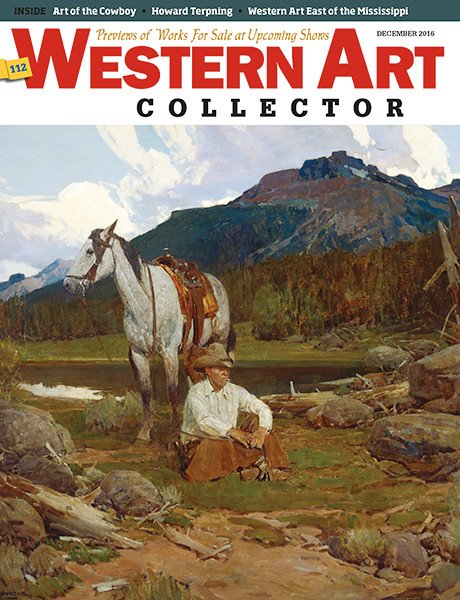Since its founding in 1929, the Heard Museum has been a cornerstone for showcasing Native American art. From its inception, the museum distinguished itself by working with Native artists, ensuring that their art and stories were presented from a first-person perspective.

Weavings in the recently renovated and expanded Heard Museum Shop in Phoenix
The museum deepened this collaboration in 1958 when the Heard Museum Shop first opened for business. The shop pioneered a model of direct partnership with Native artists, purchasing inventory directly from them. This approach made the shop into something of a modern-day trading post, creating a space where both traditional and contemporary art could be collected in a way that sustained Native communities. Over time, the shop became an integral part of the Heard Museum experience, fostering cultural exchange and serving as a hub for art enthusiasts seeking authentic Indigenous works.

Basketry from dozens of artists on view in Phoenix.
More than six decades after first opening, in October 2024, the Heard Museum Shop unveiled a completely renovated space, positioning it as a retail destination in its own right. “The Heard Museum Shop has grown to become so much more than just a museum store,” Heard Museum CEO and Dickey Family Director David M. Roche said when the renovated shop opened. “It’s a beloved place for visitors and collectors alike to acquire the best of Southwestern Native American creative practices.”
The newly renovated space wasn’t just about aesthetic upgrades—it was about creating a space that showcased the depth and diversity of Native art. “We’d been in the old space for about 20 years, and it was really starting to show its age,” says Kelly Gould, director of retail at the Heard Museum. “We felt it was time to create a space that truly honored all of the artists.”
The museum partnered with PHX Architecture and SB Design to create a contemporary space that still reflected the museum’s Southwestern roots, featuring barrel ceilings with pueblo-revival style wooden beams, reclaimed wood with hand-carved details, and a solid wood floor with Saltillo tile relief. The entire renovation process took two years from start to finish, with the store closing completely from April 2024 until its grand re-opening during the Heard Museum’s annual Moondance fundraising gala last October.
The new Heard Museum Shop boasts more than 8,000 square feet of retail space, including an outdoor sculpture garden and a private viewing room. The main retail space features work ranging from paintings and pottery to katsina and jewelry. The shop also features a boutique book nook, which features hard-to-find books by Indigenous authors as well as publications from the museum itself.

Sculpture, basketry and jewelry on display at the Heard Museum Shop.
One standout addition to the shop is the new textile room, a personal favorite of Gould’s. “It’s just beautiful,” he says. “It’s about 30 feet by 30 feet, and it has these rolling displays that allow you to slide the rugs back and forth so you can see the scope of all the different types of rugs.”
While the space has been transformed, one thing about the Heard Museum Shop hasn’t changed: the vast majority of merchandise is still purchased directly from the artists. This direct-buy model ensures that artists are fairly compensated, enabling them to preserve their cultural traditions and pass them on to future generations.
“We buy directly from hundreds of Native artists every year,” Gould says. He estimates that right now around 500 different artists are represented in the shop. To achieve this, the shop employs a specialized team of buyers, each focusing on a particular medium, including jewelry, katsinas, baskets and fine art. These buyers work closely with artists, building relationships and ensuring that the shop’s offerings remain diverse and authentic.

Contemporary and old-style katsina carvings.
This focus on working with artists aligns directly with the Heard Museum’s broader mission to amplify Indigenous voices and celebrate their artistic vision. “We want to purchase are from these artists in an away that helps them continue on their cultural traditions and pass them on from generation to generation,” Gould says. Over the last four decades, this commitment has had a tangible economic impact. The museum estimates that the Heard Museum Shop has generated $46 million in economic benefits for Native American artists and their communities.

A Roxanne Swentzell bronze on display near pottery and jewelry.
The Heard Museum Shop will play an important role in the upcoming Heard Museum Guild Indian Fair & Market. The two-day event is expected to draw more than 18,000 visitors and 600 artists to the museum grounds, and for many attendees, the fair will serve as their first opportunity to explore the renovated shop.
“We’ve been buying up a lot of additional inventory to get ready for the market,” says Gould, noting the shop’s preparations for this major event. Beyond its retail offerings, the shop will host eight artists throughout the fair, including a ledger artist, a jeweler and Santa Clara Pueblo potters. These artists will be present inside the shop with their work, providing visitors with a unique opportunity to meet the creators and learn about their artistic practices directly from them.

A mixture of artwork, including pottery and pueblo carvings, in the recently expanded shop at the Heard Museum.
The shop will also play an important supporting role in the Youth Art Show & Sale, selling a series of note cards that feature work by Native art students in grades seven through 12. Proceeds from the notecard sales are used to fund the museum’s Internship Program for Indigenous students at Arizona State University as well as to provide grants for art teachers working in Native communities.
The Heard Museum Shop’s renovation represents more than just a physical transformation—it marks the beginning of a new era for both artists and collectors. For collectors, the shop offers an unparalleled opportunity to acquire high-quality pieces that represent the best of Southwestern Native American art. For artists, it provides a platform to showcase their work to a global audience while maintaining control over how their stories and traditions are shared.

A renovated room at the shop All images courtesy the Heard Museum.
As the shop enters its next chapter, it remains committed to its foundational principles of collaboration and authenticity. The renovated space serves as a testament to the enduring partnership between the museum and Native artists, a partnership that has only grown stronger over the decades.
Visitors to the Heard Museum are encouraged to experience the new shop firsthand, where they can witness the beauty and diversity of Native American art and take home a piece of that legacy. Whether it’s a handcrafted piece of jewelry, a meticulously woven textile or a thought-provoking book, each item in the shop tells a story of creativity and resilience.
The Heard Museum Shop is open every day from 10 a.m. to 4 p.m. —
Powered by Froala Editor






































































